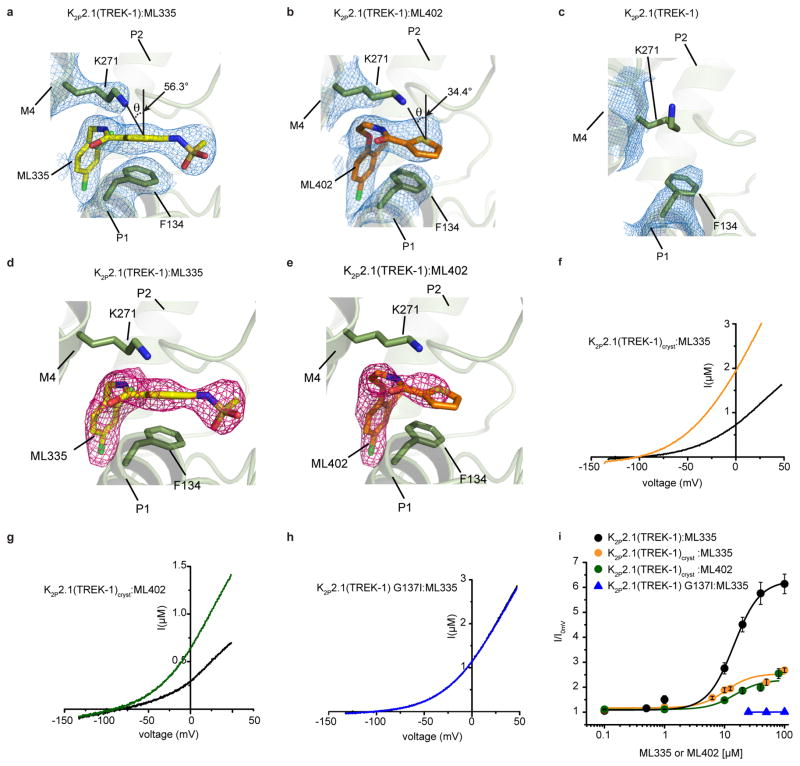Extended Data Figure 2. K2P2.1(TREK-1)cryst modulator binding pocket densities and K2P2.1(TREK-1)cryst functional properties.
a–e, Exemplar electron densities for the modulator binding pockets. a–c, 2Fo-Fc densities (blue) for a, K2P2.1(TREK-1):ML335 (1.5 σ), b, K2P2.1(TREK-1):ML402 (1.0 σ), and c, K2P 2.1(TREK-1) (1.0 σ). Offset angle for the cation-π interactions for Lys271:ML335 and Lys271:ML402 is shown and adopts an oblique geometry common to cation-π interactions35,36. d, and e, Fo-Fc densities (hotpink, 3.0 σ) for d, K2P2.1(TREK-1):ML335 and e, K2P2.1(TREK-1):ML402. Final models are shown in all panels and select residues are shown and labeled. f–h, Exemplar current traces for f, K2P2.1 (TREK-1)cryst (black) with 40 μM ML335 (yellow orange), g, K2P2.1 (TREK-1)cryst (black) with 80 μM ML402 (green), and h, K2P2.1 (TREK-1) G137I (black) with 80 μM ML335 (blue). i, Dose response curves for K2P2.1(TREK-1):ML335 (black), EC50=14.3 ± 2.7 μM (n≥5); K2P2.1 (TREK-1)cryst:ML335, EC50 = 10.5 ± 2.7 μM (n≥3) (yellow orange) K2P2.1 (TREK-1)cryst:ML402, EC50 = 14.9 ± 1.6 μM (n≥3); and K2P2.1(TREK-1) G137I:ML335 (blue ).

